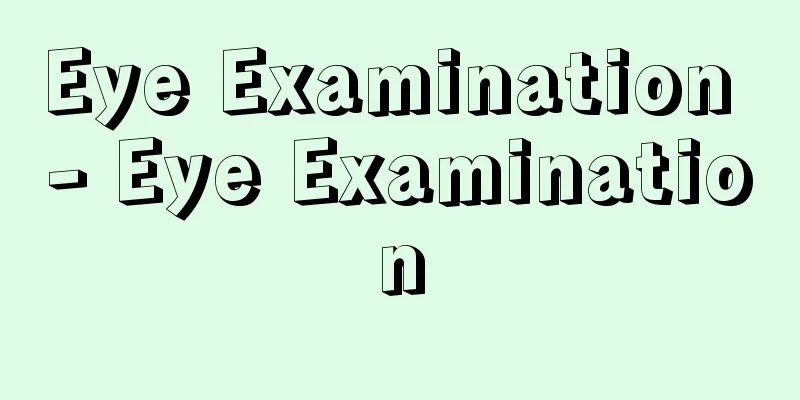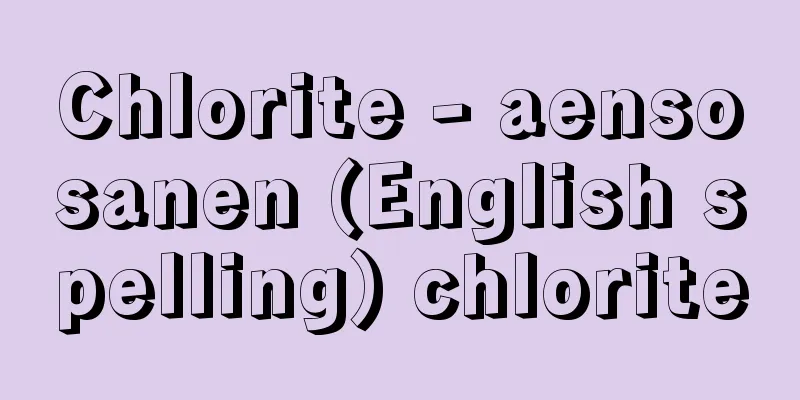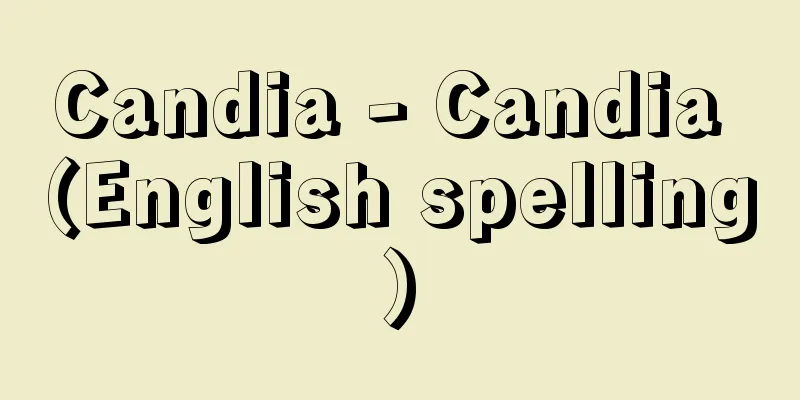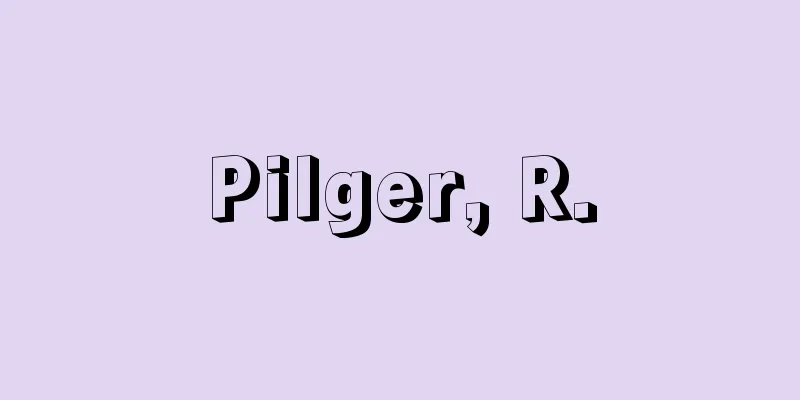Eye Examination - Eye Examination

|
This refers to the tests required for eyeglass prescriptions. There are various eye examination methods, but if you feel something is wrong with your eyes and visit an ophthalmologist, the first thing you will undergo is a vision test, which can be done in a variety of ways depending on the type of vision impairment and your age. To measure naked-eye visual acuity, the international visual symbol, the Landolt ring (a 1.5 mm thick ring drawn on a 7.5 mm square with a 1.5 mm slit) and various fonts are tested at a distance of 5 meters, one eye at a time. The other eye is covered with an occluder, but care must be taken not to press too hard or close the eye. When measuring corrected visual acuity for a patient with poor naked-eye visual acuity, an eye examination frame is placed over the weaker side and a spherical lens is inserted, with a plus (+) lens for farsightedness and a minus (-) lens for myopia. The strength is gradually increased until the point where the image is easiest to see is the degree of farsightedness or myopia of the person. At this point, an astigmatism chart is looked at. If the image does not appear uniform, astigmatism is present, and a cylindrical lens is added. The cylindrical lens is rotated in all directions and the strength of various cylindrical lenses is changed to determine the axis and strength of the astigmatism. In addition to subjective eye examinations using these methods, objective examinations are also performed. These include retinoscopy and refractometer examinations. Retinoscopy uses a linear retinoscope and a plate lens with spherical lenses of various degrees to check the type and degree of refractive error. There are various types of refractometers, but recently autorefractometers have been used, which use a computer to automatically check the degree of refractive error and the axis of astigmatism. These are very useful for health checkups, which require many eye examinations in a short period of time. In this way, objective examinations are performed using retinoscopy or a refractometer, and then corrected visual acuity is measured subjectively using an examination lens. If corrected visual acuity is poor, other causes of vision impairment may be suspected, and various ophthalmologic examinations will be performed. When testing children's vision, it is often difficult to distinguish between the many optotypes lined up on one chart, as is the case with adults, so the test is conducted using a "single-letter optotype chart," which has only one optotype at a time. This can be performed on children aged 3 and over, but objective testing is required for children younger than that. In addition, if a child has strabismus, amblyopia, or nystagmus, an open-eye vision test may be performed. In particular, in cases where accommodation is very active in children, objective and subjective tests may be performed using a pupil-dilating agent such as atropine to eliminate this accommodation. There are several ways of expressing visual acuity, but in Japan, the best visual acuity is 2.0, followed by 1.5, 1.2, 1.0, 0.9 and down to 0.1, but if a person cannot read the 0.1 optotype at the top of the visual acuity chart, they are asked to move forward one meter at a time and look at the 0.1 mark, which is then divided into categories from 0.08 to 0.01. Visual acuity below 0.01 is expressed as exponential valve (distinguishing the number of fingers in front of the eye), manual valve (distinguishing the movement of a hand in front of the eye), and the presence or absence of light perception. As mentioned above, visual acuity measurement, or eye examination, is a very important examination method, not only to discover types of refractive errors, but also because if corrected visual acuity is reduced despite a correct eye examination, it means that there is some kind of disease. Therefore, the same is true when making glasses, and in order to measure accurately, it needs to be done by someone who is experienced. This can be done by an ophthalmologist, an orthoptist (ORT), an ophthalmic laboratory assistant (OMA), or in some cases, an experienced nurse. Wearing inaccurate glasses can cause eye strain, so a reliable eye examination is an important first step in diagnosis for an ophthalmologist. [Akira Nakajima] "Glasses" revised edition edited by Itoi Soichi, Tokoro Takashi, et al. (2001, Medical Aoi Publishing) [Reference items] | | | | |©Shogakukan "> Landolt ring Source: Shogakukan Encyclopedia Nipponica About Encyclopedia Nipponica Information | Legend |
|
眼鏡(がんきょう)処方に必要な検査をいう。目の検査法には種々あるが、目に異常を感じて眼科を受診した場合、まず受けるのが視力検査で、これには視力障害の種類や年齢に応じていろいろな検査法がある。 裸眼視力の測定には、国際視標であるランドルト環(7.5ミリメートル方形中に太さ1.5ミリメートルの環を描き、1.5ミリメートルの切れ目をつけたもの)や各種の字体を5メートルの距離で片眼ずつ検査する。他眼は遮閉子で隠すが、このとき強く圧迫したり目をつぶったりしないように注意する。裸眼視力が悪くて矯正視力を測定する場合には、検眼枠をかけて度の弱いほうから、遠視であればプラス(+)、近視であればマイナス(-)の球面レンズを入れてゆく。度をすこしずつ強めてゆき、もっとも見やすくなったところがその人の遠視、もしくは近視の度になる。この時点で乱視表を見て、均一に見えない場合は乱視が存在しているので、円柱レンズを追加する。円柱レンズを各方向に回転して見るほか、種々円柱レンズの度を変えて見て、乱視の軸と度を決める。 このような方法で自覚的な検眼を行うほか、他覚的検査も行う。それには検影法とレフラクトメーター(屈折計)による検査がある。検影法とは、種々の度の球面レンズのついた板付きレンズと線状検影器を用いて屈折異常の種類と程度を調べる。レフラクトメーターにはさまざまな種類があるが、最近ではコンピュータを用いて自動的に屈折異常の程度や乱視の軸などを調べるオートレフラクトメーターが用いられている。短時間に多くの検眼が必要な健康診断などでは非常に有用である。このように、検影法やレフラクトメーターを用いて他覚的に検査を行ってから、検眼レンズで自覚的に矯正視力を測る。なお、矯正視力が悪い場合は、ほかに視力障害をおこす原因が考えられるので、眼科的な諸検査を受けることになる。 子供の視力測定の場合、大人と同じように一枚の視力表に多くの視標が並んでいるものでは、読み分けるのに困難なことが多いので、視標が一つずつになっている「字ひとつ視力表」で検査を行う。これは3歳以上の子供に実施できるが、それ以下の場合は他覚的検査が必要である。そのほか、子供の斜視、弱視、眼球震盪(しんとう)のある場合、両眼開放視力検査を行うこともある。とくに小児などで調節が非常に働く場合、この調節を除去する目的でアトロピンなどの散瞳(さんどう)剤を用いて他覚的、自覚的検査を行うこともある。 なお、視力の表し方にはいくつかあるが、日本では、視力のもっともよいものを2.0、ついで1.5、1.2、1.0、0.9以下、0.1までとなってゆくが、視力表のいちばん上の0.1の視標が読めないときには、1メートルずつ前へ進んで0.1の指標を見てもらい、0.08~0.01まで分ける。0.01以下は指数弁(眼前で指の数を見分ける)、手動弁(眼前で手の動きを見分ける)、そして光覚の有無で表現する。 以上述べたように、視力測定いわゆる検眼は屈折異常の種類を発見するのみならず、正しく検眼したにもかかわらず矯正視力の低下している場合はなんらかの疾患があることを意味するわけで、非常にたいせつな検査法である。したがって、眼鏡(めがね)をつくる場合も同様で、正確に測定するためには、慣れた人が行う必要がある。これには眼科医、視能訓練士(ORT)、眼科検査助手(OMA)などが行い、慣れた看護師が測定する場合もある。不正確な眼鏡を装用すると眼精疲労にもなるし、信頼のおける検眼は眼科医にとってたいせつな診断の第一歩である。 [中島 章] 『糸井素一・所敬ほか編『眼鏡』改訂版(2001・メディカル葵出版)』 [参照項目] | | | | |©Shogakukan"> ランドルト環 出典 小学館 日本大百科全書(ニッポニカ)日本大百科全書(ニッポニカ)について 情報 | 凡例 |
>>: The law of punishing both parties in a quarrel
Recommend
Dyck, WFAvon (English spelling) DyckWFAvon
…The term topology also first appeared in literat...
Hyperolius
...a small frog with translucent skin and beautif...
Empyema - Empyema
What is the disease? Pleura ( Good job ) Infectio...
American
...In April 1901, the paper, which had been fierc...
Awaokoshi - Awaokoshi
...The Yoshu Fuzhi (1684) says that the name come...
Kyushu
[1] The whole of Japan. ※Ryounshu (814), Koshi-gin...
rimur (English spelling) rimur
...The main political parties are the Independenc...
Eurotium
It is a member of the Aspergillus class of Aspergi...
Fernando III
1201‐52 King of Castile. Reigned 1217-52. Father o...
Chicken manure
It is a fertilizer made from dried chicken droppi...
Ultra Vulcanian Eruption
...The so-called Pelee eruption refers to the eru...
Macedonia
…Official name = Republic of MacedoniaRepublika M...
Avenarius - Richard Avenarius
German philosopher. Professor at the University o...
Rikuzen's dolphin - Rikuzen's dolphin
A mammal of the family Phocoenoidae in the suborde...
Ceiling balloon
A balloon used to measure the ceiling, or cloud ba...







![Sobetsu [town] - Sobetsu](/upload/images/67cc0f5aa755f.webp)

